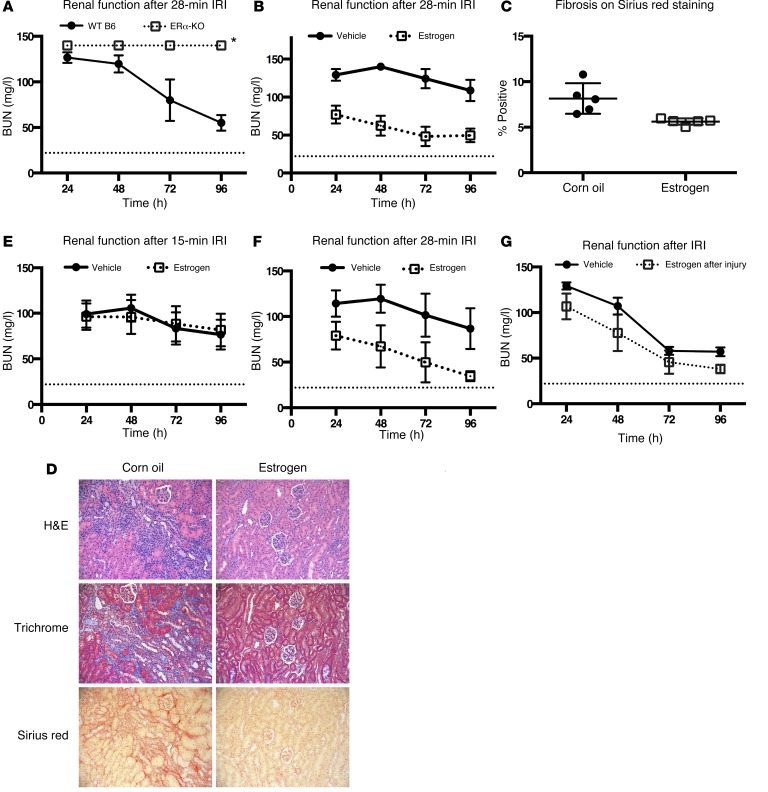Figure 2. Role of estrogen in murine renal IRI.
(A) ERα-KO mice (n = 5) had elevated BUN levels after warm IRI compared with levels in WT B6 controls (n = 5; P < 0.01, by 2-way ANOVA). This injury was universally lethal in ERα-KO mice by 96 hours after injury, as denoted by the asterisk. (B) Female mice treated with supplemental estrogen (1 mg/kg at 16 hours and 1 hour before IRI; n = 5) and subjected to warm IRI had lower post-injury BUN levels compared with levels in vehicle-treated controls (n = 5; P < 0.01, by 2-way ANOVA). (C) Sirius red fibrosis scoring at 28 days was significantly decreased in the estrogen-treated arm (P = 0.01, by 2-tailed Student’s t test). (D) H&E, trichrome, and Sirius red staining (original magnification, ×20) showed decreased fibrosis at 28 days in the estrogen-treated cohort. (E) Hormonally intact male mice treated with high-dose supplemental estrogen (10 mg/kg at 16 hours and 1 hour before IRI; n = 5) and subjected to warm IRI had equivalent post-injury BUN levels compared with those of vehicle-treated controls (n = 5; P = 0.98, by 2-way ANOVA). (F) Neutered male mice treated with high-dose supplemental estrogen (10 mg/kg at 16 hours and 1 hour before IRI; n = 5) and subjected to warm IRI had lower post-injury BUN levels compared with those of vehicle-treated controls (n = 4; P = 0.08, by 2-way ANOVA). (G) Post-injury administration of estrogen to intact females (10 mg/kg at surgical closing and at 24 hours) resulted in a nonsignificant trend toward improved post-injury BUN levels compared with those of vehicle-treated controls (n = 5 per group; P = 0.14, by 2-way ANOVA). Error bars indicate the mean ± SEM.

